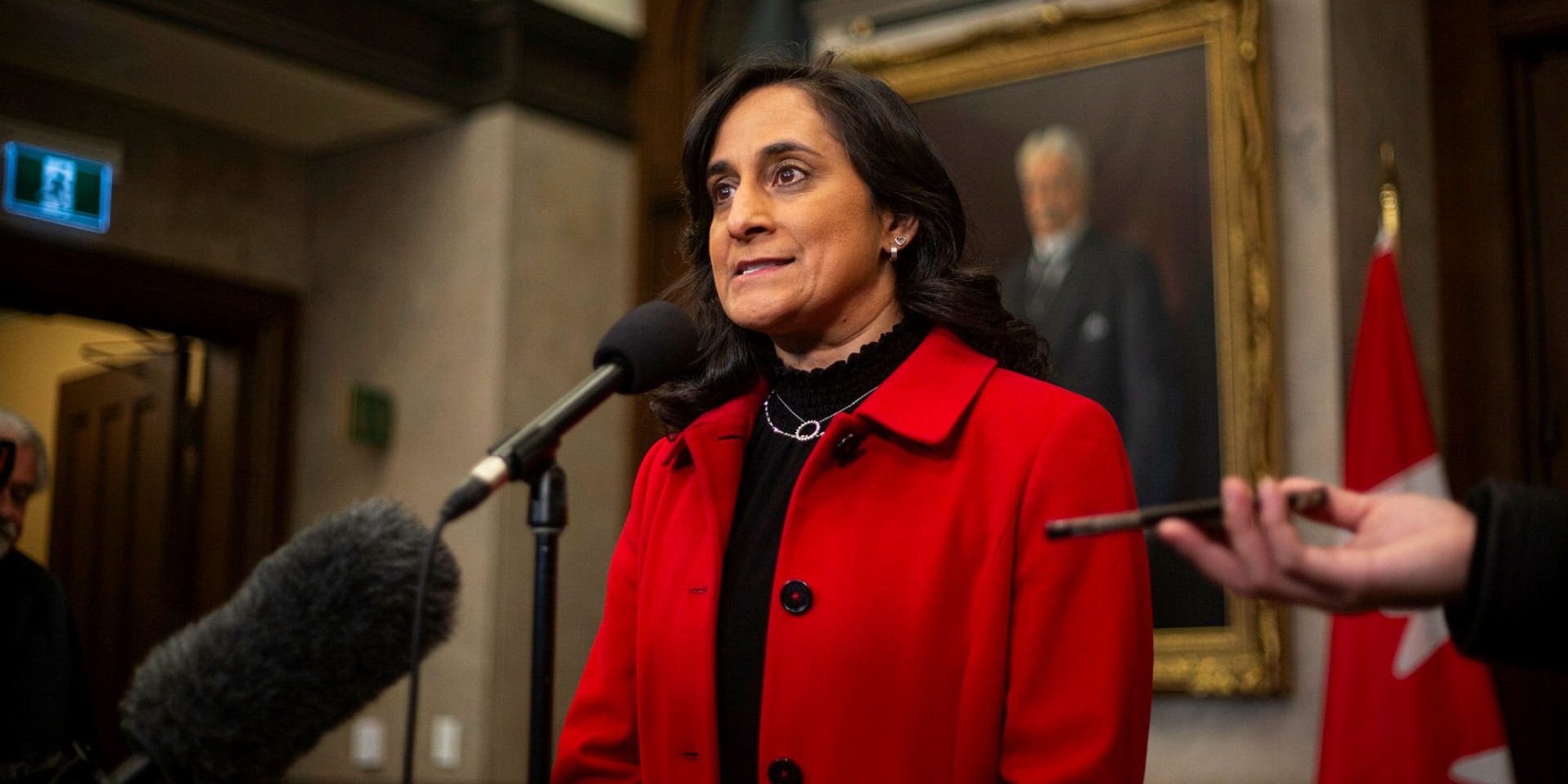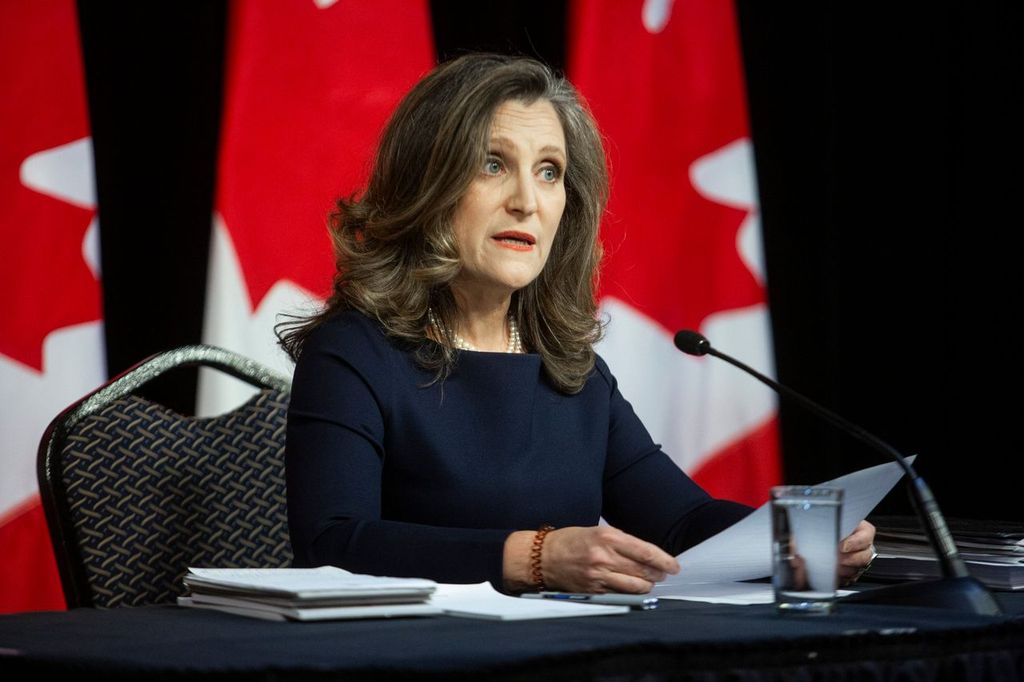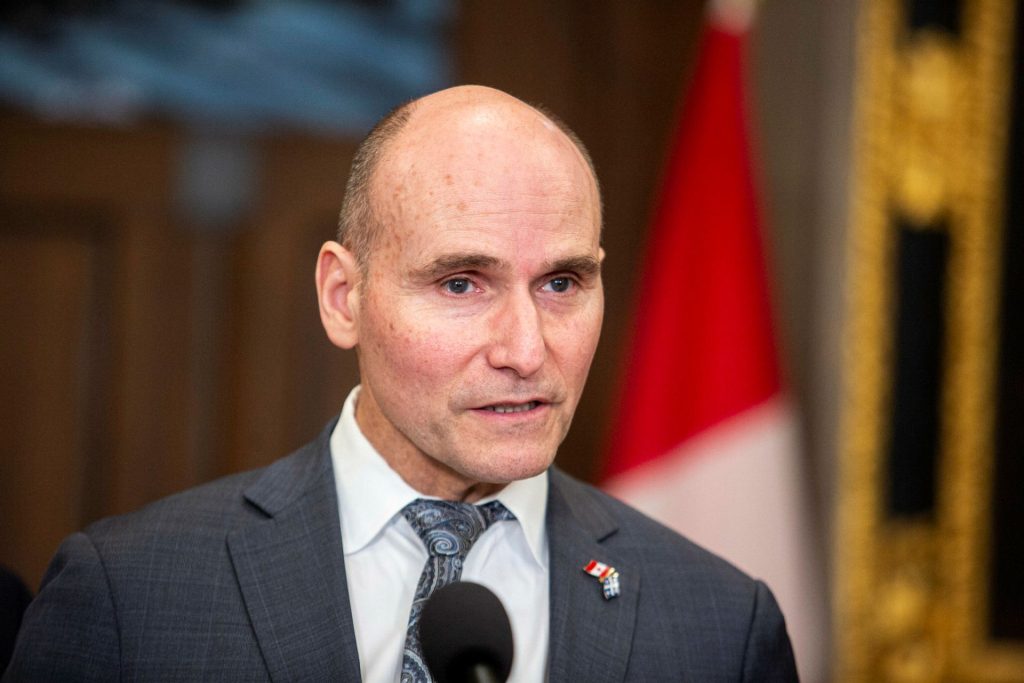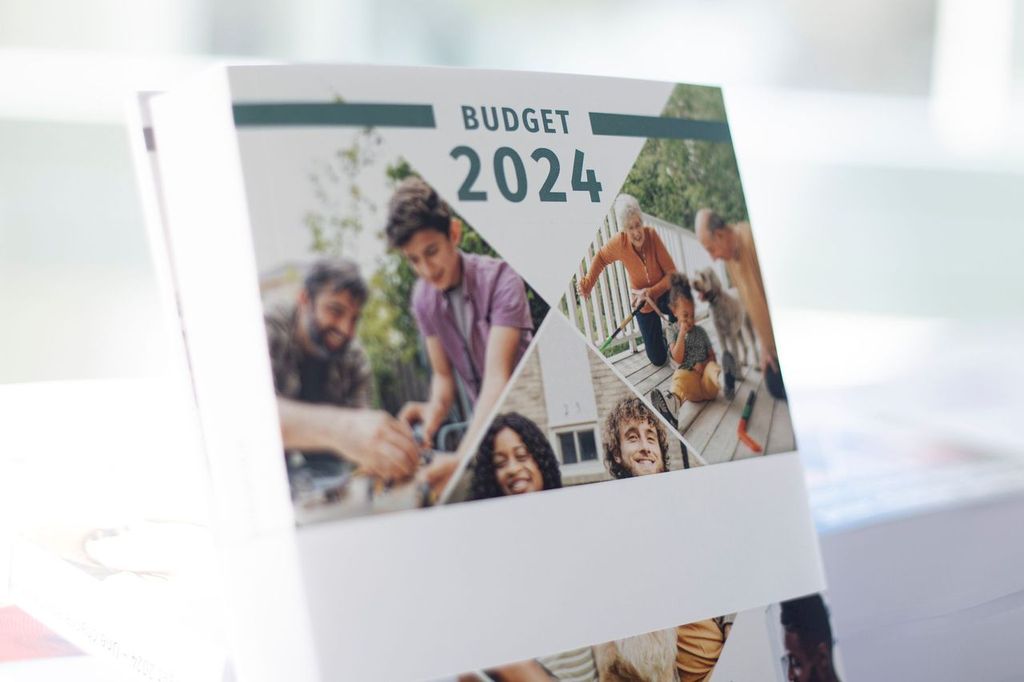Budget projects savings through ‘natural attrition’ of public service jobs

The federal budget avoids deep cuts to the federal public service, but promises to shrink it by 5,000 jobs due to “natural attrition” over the next four years as part of an expected savings of $15.8-billion.
Although the government has recently demonstrated some willingness to rein in the growth of the federal public service following years of steady growth—particularly during and following the pandemic—the government has opted to look for savings without direct cuts to staffing.
With some economist concerns over the size of the bureaucracy, the budget makes no new direct announcements on that front. It simply puts a number on a previous plan.
That “natural attrition” of employees leaving the bureaucracy but not being replaced makes up the bulk of the second phase of cost-saving measures first announced in the 2023 budget and subsequent fall economic statement. It outlined government plans to find $15.8-billion in savings over five years, as well as $4.8-billion ongoing, at the department and agency level. During the first phase, the government said it targeted duplication, programs that didn’t align with government priorities, and “a particular focus on travel and consulting.”
Finance Minister Chrystia Freeland (University-Rosedale, Ont.) said the Liberal government is careful with spending decisions and tied the expected drop in public servants to highlight anticipated savings.

“It’s not our money, it is the money of Canadians and they quite rightly expect us to be really thoughtful about what we spend it on,” said Freeland during a press conference at the budget lockup, before pointing to the expected decline in the public service.
“That’s why it was really important for me, in this budget, to announce that over four years, you’re going to see a decline in the public service by 5,000 people,” she said. “That is really significant. And it was important, particularly right now, to say that to Canadians.”
Based on historical rates of natural attrition, the government predicts the public service population will decline by approximately 5,000 full-time equivalent positions, a fraction of the estimated population of roughly 368,000 workers as of March 31.
“Care was taken to ensure that departments and agencies could meet their reallocation targets without impacting direct benefits and service delivery to Canadians,” the budget said.
The government said these efforts help ensure the “operations of government are cost effective” while “restoring fairness for every generation”—invoking the language of equity through the political document. It also noted millennials have recently overtaken baby boomers as the largest age group in the country.
“That’s why the government is continuously evaluating demand for services and programs, and adjusting investments accordingly—ensuring Canadians have the support they need, when they need it,” reads the budget.
As previously reported by The Hill Times, the Public Service Commission’s 2022-23 annual report found that the federal public service increased by 6.5 per cent between the beginning of April 2022 and the end of March 2023. The report also found that more than 423,000 people applied to externally-advertised public service positions during that time.
But although the federal public service has grown considerably since the Liberals came to power in 2015, a recent CBC analysis notes that the country’s population has also grown significantly during that time. The CBC found that under Prime Minister Justin Trudeau (Papineau, Que.), the federal public service has grown to represent 0.90 per cent of the Canadian population, up from 0.72 per cent in 2015. But, Treasury Board Secretariat data shows that the population sat at or above 0.90 per cent in every year from 1980 to 1992.
Operating expenses tied to direct program expenses, which include employee salaries, totalled $129.6-billion in 2022-23, increased to $130.9-billion the following year, and are expected to come in at $127.1-billion in 2028-29—slightly higher than the $126.1-billion projected in the 2023 fall economic statement.
But, department-level transfer payments for program expenses are now projected to cost more when compared to fall economic statement forecasts. The 2024 budget puts these payments at $112.8-billion in 2028-29, up $10-billion from the $102.6-billion projected just a few months prior.
And, in about a year, beginning April 1, 2025, the second phase of cost savings will include an expectation for organizations in the federal public service to cover part of increased operating costs through existing resources.
Measures announced to improve procurement practices, conflict of interest regimes
This year’s budget also addresses government procurement practices, pointing to recent implementation of “additional robust standards to strengthen oversight and hold public servants to the highest of ethical standards.” The budget adds a new risk and compliance process to the mix.
Last month, Public Services and Procurement Minister Jean-Yves Duclos (Québec, Que.) and Treasury Board President Anita Anand (Oakville, Ont.) announced a number of new actions to strengthen the government’s procurement and conflict of interest regimes.

Updated procurement guidance for managers were released last month, including examining human resources and staffing strategies before looking to procure professional services, strict evaluation criteria when a supplier is selected, due diligence procedures to ensure there is no conflict of interest, and ensuring all contractual obligations are upheld by third-party vendors.
Government-wide audits were also launched earlier this month, according to the budget, with results expected to be released by December 2024.
The budget also includes mention of the launch of a new risk and compliance process in the coming months “to ensure government-wide trends, risks, and departmental performance meet the highest standards, and take corrective action wherever necessary, as soon as possible.”
When managers look to procure professional services moving forward, “robust validation” that a potential contractor is the optimal approach to meeting operational requirements will be expected, as well as a commitment to publishing more detailed contracting information on the government’s open data portal.
The budget states that these actions will ensure transparency in contracting and help “identify and immediately take action to resolve any potential anomalies in billing,” and will also help ensure that public servants “clearly understand and abide by their responsibilities with respect to engaging in outside employment.”
In February, The Globe and Mail reported that a public servant who worked in the Department of National Defence also worked as president of a private business that was hired to work on the controversial ArriveCan app launched during the pandemic and which ballooned in costs.
At the time, Anand told reporters on Parliament Hill that she was “extremely surprised” to hear that David Yeo, president and founder of Dalian, was also employed by the government. Yeo was suspended by the department following the discovery.
And on March 20, Public Services and Procurement Canada (PSPC) announced it had detected “several fraudulent billing schemes” undertaken by subcontractors working on federal contracts awarded to suppliers.
Half of government office space underused or entirely vacant: budget
Of the more than six million square metres of office space under PSPC’s umbrella, an estimated 50 per cent is underused or entirely vacant, according to the budget.

The federal government says it is moving forward with a “significant disposal effort” to reduce its office footprint, which would enable more office buildings, particularly in urban areas, to be converted into homes.
As with most workplaces, the pandemic upended the traditional model of office work, with many public servants now working in a hybrid format.
Then-Treasury Board president Mona Fortier (Ottawa-Vanier, Ont.) hinted at early government plans to convert some federal office buildings into residential spaces in downtown Ottawa back in 2022 during an interview with CTV News.
This year’s budget includes a proposal to provide Public Services and Procurement Canada with $1.1-billion over 10 years, beginning in 2024-25, to reduce its office portfolio by half.
“This funding, which is expected to be fully recovered through substantial short- and long-term cost savings, will help to accelerate the ending of leases and disposal of underused federal properties, and address deferred maintenance,” according to the budget. “Where applicable, the government will prioritize student and non-market housing in the unlocking of federal office properties.”
The budget also outlines how reducing the federal office footprint will generate an expected $3.9-billion in savings over the next 10 years, and $0.9-billion per year ongoing.
The Hill Times






 LICENSING
LICENSING PODCAST
PODCAST ALERTS
ALERTS













